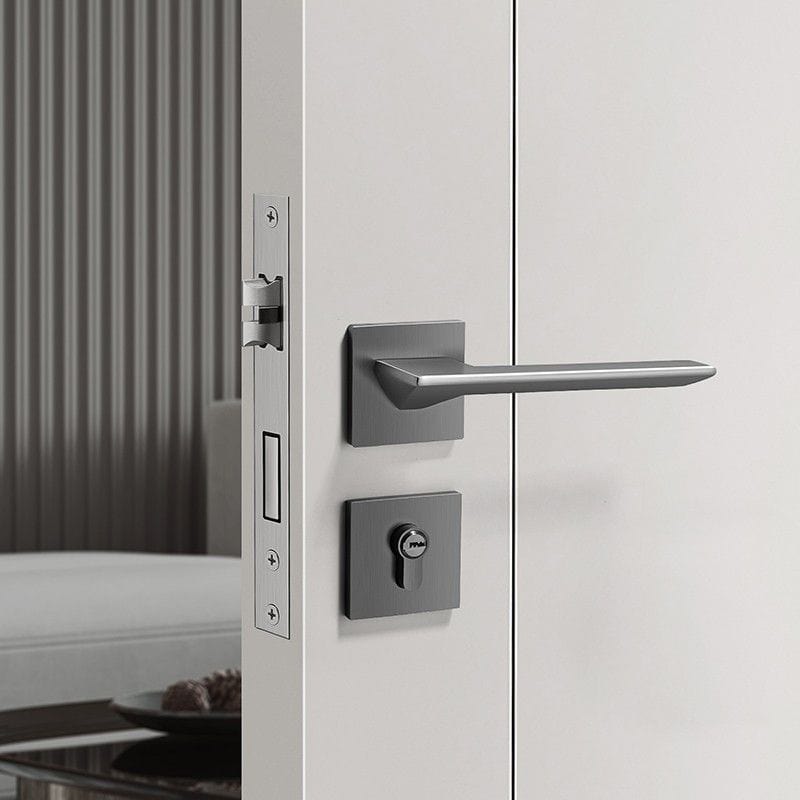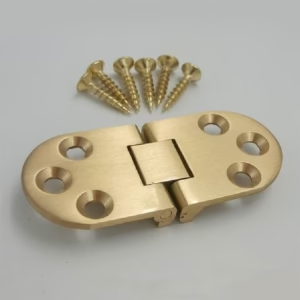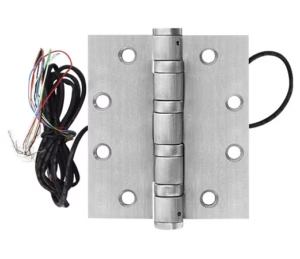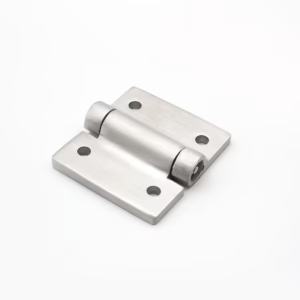Many people get frustrated with a door that closes by itself. This is a pain in the butt. It’s also something that can cause more damage if you don’t fix it. A door can close by itself because it’s out of balance. It can be a butt hinge problem or it can be something that’s out of line.
To fix a door that closes by itself, you need to see if it’s out of alignment. You may need to adjust the hinges, shim the door, or tighten some screws. Many times you can fix it without replacing the door.
Here’s how you fix your door so it stays open or stays closed.

Identify the Root Cause of the Problem
Before making any adjustments, identify why the door closes by itself. Common causes include improper hinge alignment, the house settling, or structural changes. Identifying the issue helps you apply the correct fix.
Doors that close on their own often do so due to an imbalance. This could be caused by how the door was initially installed, shifts in the house’s foundation, or even wear and tear over time. Identifying the cause is crucial for addressing the problem effectively.
Inspect the Hinges
Loose or misaligned hinges are often the main culprit. Tighten any loose screws and check if the hinges are evenly aligned. If they are crooked or out of place, adjust their position to restore balance.
To check this, you can observe the door’s movement. A simple screw tightening or realignment may be all that’s necessary to fix the door’s closing problem. If the hinges are bent or worn, replacing them may be the best solution.
Shimming the Hinges
If tightening the hinges doesn’t solve the problem, you may need to shim one of the hinges. A small shim, such as a piece of cardboard or paper, inserted behind the lower hinge can fix doors that close due to gravity or misalignment.
Shimming helps balance the door by slightly changing its angle. This can prevent the door from swinging closed on its own. Make sure to test the door after shimming to ensure it stays open or closed as desired.
Adjust the Door Frame
A door that keeps closing by itself might be misaligned within its frame. Ensure the frame is level using a spirit level and make adjustments if necessary. Sometimes, slight sanding or realignment of the frame can stop the door from moving on its own.
Frame misalignment can occur due to settling of the house, or poor installation of the door. Once you’ve verified the frame alignment, making the necessary corrections will keep the door from swinging shut without force.
Check for Settling or Structural Shifts
If your home has settled or shifted over time, it may cause the door to close by itself. Inspect the door frame and surrounding area for signs of settling. A professional may need to assist in more severe cases of structural movement.
Foundation shifts can affect door alignment, causing it to close or open on its own. If the settling is severe, you may need professional help to address larger structural issues, but often small adjustments can mitigate the door problem.
Use a Hinge Pin Trick
A well-known trick to stop a door from closing on its own is to slightly bend the hinge pin. Remove the pin, gently tap it with a hammer to create a slight bend, and reinsert it. This extra friction helps keep the door stationary.
This method is simple, quick, and effective for doors that swing closed without force. By creating more friction within the hinge, the door becomes less likely to move on its own.
Add a Doorstop Alternative
If the problem persists, consider using a doorstop alternative like an adjustable spring hinge or magnetic catch. These products are easy to install and can prevent doors from swinging closed unexpectedly.
Spring hinges or magnetic catches add more control over door movement. These are useful especially in cases where door adjustments alone don’t resolve the issue.
Check for Warped Doors
Over time, wooden doors can warp due to temperature or moisture changes. A warped door may close by itself due to its uneven weight distribution. In such cases, replacing the door may be the most effective long-term solution.
Inspect the door for signs of warping, such as uneven edges or noticeable bending. If the door has warped significantly, replacing it will ensure better long-term functionality.
Fixing a Door That Springs Open
If your door has the opposite issue and springs open instead of closing, the problem could be with the top hinge. Adjusting or adding a shim behind the top hinge can prevent the door from springing open.
Doors that spring open instead of closing are often a sign that the top hinge needs to be adjusted. Shimming or tightening this hinge can help correct the door’s balance.
Ensure Proper Hinge Lubrication
In rare cases, lack of lubrication in the door hinges can cause them to swing too easily, leading the door to close on its own. Applying lubricant to the hinges can help reduce unnecessary movement and keep the door stationary.
Lubricating the hinges not only reduces friction but also ensures that the door moves smoothly without closing or opening too easily. It’s a simple maintenance step that can prevent further issues.
Conclusion
Fixing a door that keeps closing can often be resolved by adjusting hinges or shimming the door to restore balance.




